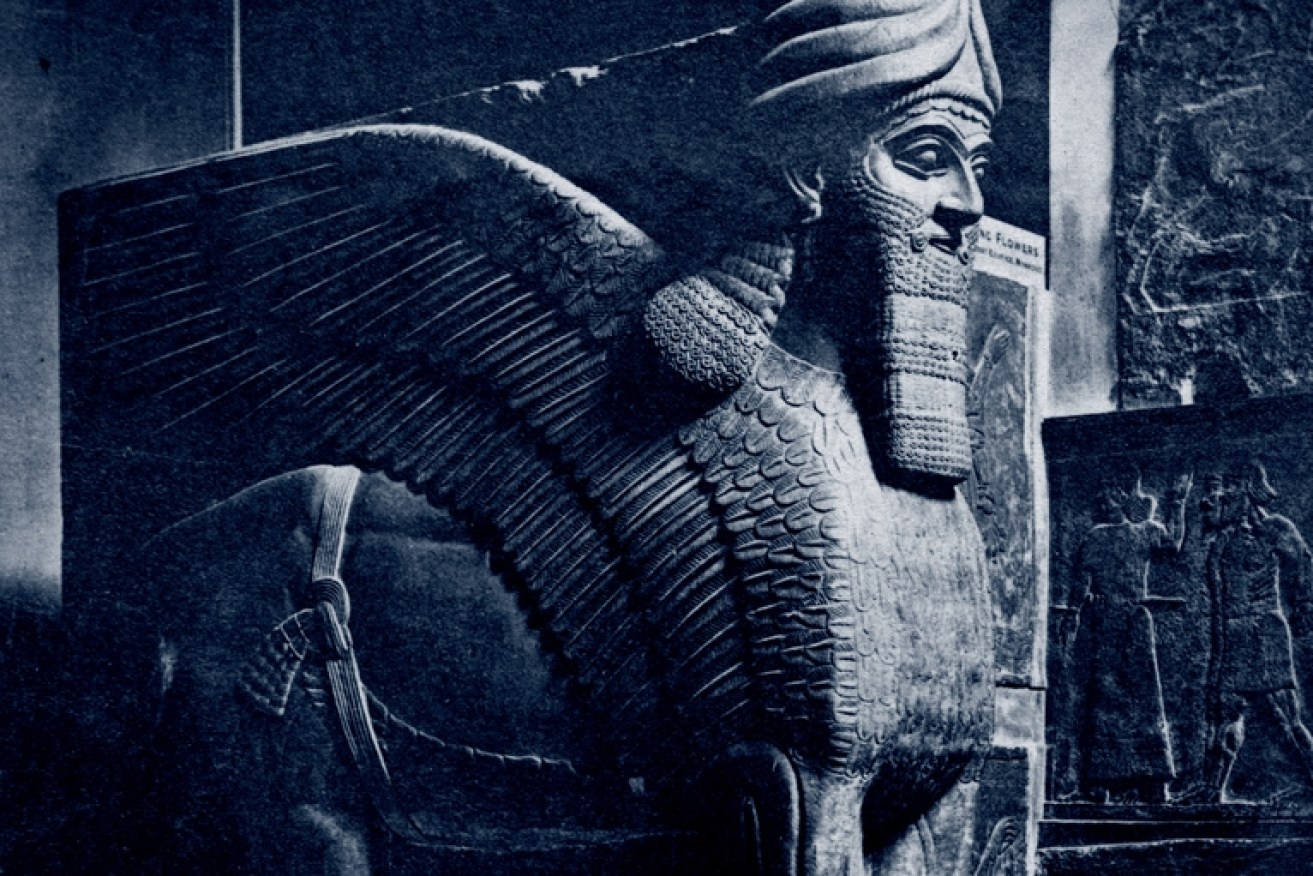
Social media makes cultural icons a target for terror

An Assyrian statue similar to the icons being destroyed by ISIS. Picture: Shutterstock.
Recent postings on social media of the destruction of 3,000 year-old Assyrian sculptures by ISIS highlights a new threat to cultural heritage in times of conflict.
Read symbolically, these actions can be interpreted as “cultural payback” for irreverent cartoons of the prophet Mohammad as a dog or with bombs hidden in his turban, themselves likely motivation for recent killings in Copenhagen and at the offices of the satirical magazine, Charlie Hebdo in Paris.
While the symbolic function of cultural icons has made them a target for destruction throughout history, recent changes in the nature of warfare and the media landscape have increased their vulnerability in times of conflict.
Taken together, recent changes in the nature of conflict and in the communication environment have created a new context in which the destruction of cultural icons by one of two individuals can be a relatively low-risk choice for extremists seeking maximum impact for their political agendas.
A modern form of terrorism
The modern communications environment provides extremist groups with the chance to garner unprecedented public attention for their cause. An increasing reliance on the global communication of extreme acts to convey a political message is apparent in videos of radical acts, such as internet videos of beheading prisoners or the multi-angled videoing of the execution of the Jordanian pilot, Muath al-Kaseasbeh.
Moreover, recent transformations of the media landscape have opened up new global channels of user-led communication. The pro-active media strategies of terrorist groups reach massive numbers of people. There is no chain of command and no membership roll—only a shared philosophy and a message to take action individually.
This new trend of “sequestered action”, in which individuals act without direction from an organisation but as part of a general ideological movement, protects terrorists from detection and widens the net of their potential effect.
It can be linked to an increase in terrorist attacks by one or two individuals working alone, such as the Boston Marathon bombings by two brothers in March 2013; the siege at the Lindt Café, Sydney by a single individual in December 2014; twin shootings in Paris at the Charlie Hebdo offices and a kosher market in Paris; and the twin shootings in Copenhagenat the central synagogue and Krudttønden café.
The rest of this article, by Professor Claire Smith, Flinders University; Gary Jackson, Flinders University; and Professor Kevin McDonald, Middlesex University, can be read at The Conversation.




